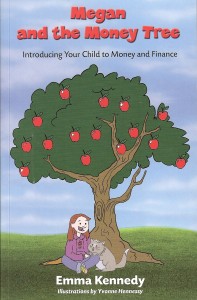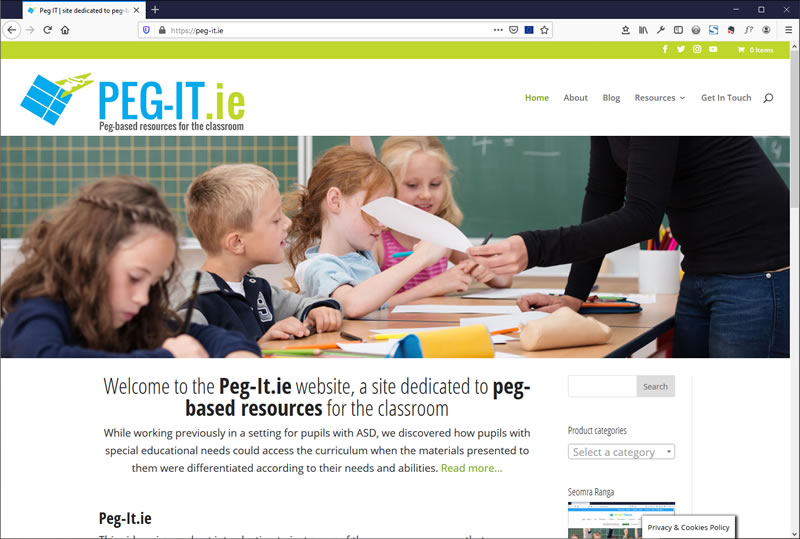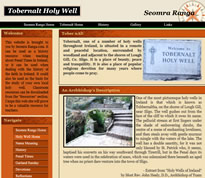 Although published in 2011, I only recently came across Megan and the Money Tree in one of my local book stores. (Yes, I still buy real books!) In terms of structure, it is an unusual book, but it works very well. Written by Emma Kennedy, the personal finance correspondent with the Sunday Business Post, its stated aim is to “introduce children to basic financial concepts in an engaging manner, using language and ideas that make sense to younger readers”.
Although published in 2011, I only recently came across Megan and the Money Tree in one of my local book stores. (Yes, I still buy real books!) In terms of structure, it is an unusual book, but it works very well. Written by Emma Kennedy, the personal finance correspondent with the Sunday Business Post, its stated aim is to “introduce children to basic financial concepts in an engaging manner, using language and ideas that make sense to younger readers”.
The book is divided into two sections and is intended to be used by both children and adults (parents or teachers). Part 1 of the book contains the story aimed at children, and it is told simply in six chapters with a larger typeface. The story concerns the central character, Megan, whose world is changed when the family’s financial circumstances change due to an unforeseen event. It focuses on how Megan copes and adapts to the new family situation in which she finds herself and how she deals with the sudden reduction in income for the family.
Part 2 of the book also contains six chapters, each one related to each of the six chapters in Part 1 of the book. Each of the chapters in Part 2 follow the same structure – there is a summary of the story of the chapter (including questions and answers), an explanation of the financial points being made in the chapter and some suggested activities that can be done with children/pupils. Each chapter in the book also aims to develop the financial vocabulary of children and Part 2 of the book includes a glossary of relevant financial terms that relate to that chapter. Games are included in each chapter of Part 2 to help children develop a deeper understanding of the financial concepts that are explored in the chapter.
It struck me that this book could work well in senior classes in the primary school. While the story itself is at a very basic level, the financial concepts explored in it require a deeper understanding. Given that many families of our pupils may be experiencing financial difficulties, this may be an opportune time to give pupils a greater understanding of the current economic state in which we find ourselves. This is a very fine line – we don’t want to make young pupils world-weary before their time, yet at the same time they have to realise that money is hard-earned and that choices have to be made when spending that money. This book could be used to initiate great class discussion on money and its role in our lives in the current economic climate.
I purchased the book for €6.99 and it is published by Kite Books, an imprint of Blackhall Publishing.





